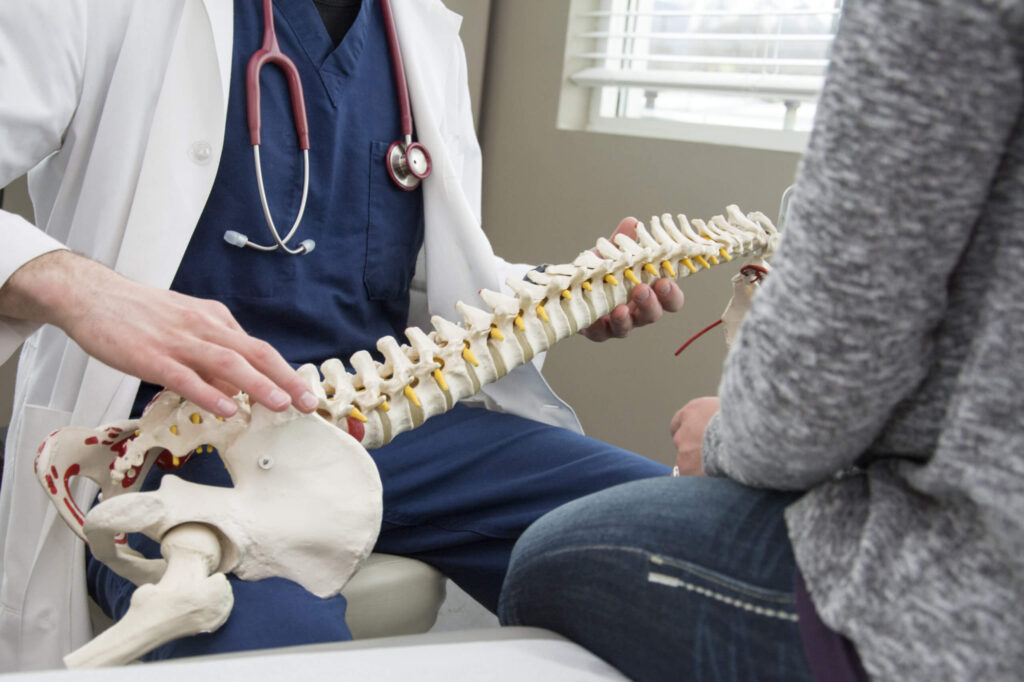Sciatica and Low Back Pain: Why Patients Should Choose An Integrative And Conservative Treatment

With tens of millions of acute and chronic lower back pain and sciatica sufferers seeking relief in the U.S., it is important to educate this patient population on best treatment options to manage their condition. First, let’s discuss what the difference between acute and chronic conditions are. An acute lower back condition can be described as an initial traumatic or in many cases a non – traumatic incident occurs (ie tying ones shoes, sneezing or lifting up a window). Acute would be described as having zero or no pain to having significant pain in a very short period of time, upwards of 8 out of 10 or higher on a pain scale. Acute pain may or may not be due to a more serious underlying orthopedic or neurological issue, especially if trauma had occurred or significant neurological symptoms are present, ie; incontinence is present. It is important to always see a qualified healthcare professional to properly assess your condition.
Acute pain, if musculoskeletal in nature, can be treated very efficiently with combining care of a physical therapist, chiropractor, massage therapist and acupuncturist. Initially, using ice on the lower back can help reduce inflammation. Adding various modalities such as interferential and cold laser treatments, can significantly reduce pain and swelling within the first 48 hours of the flare up. Occasionally, using a lumbar support brace can also help stabilize the region to reduce pain with excessive movement and helps tighten up the core muscles around the spinal column. Once the acute pain has been reduced, patients will greatly benefit from continued soft tissue / myofascial release to the muscles around the spine and into the buttocks as these muscles tend to tense up during acute flare ups of lower back pain. Adding core strengthening and stabilization work would benefit patients for the long term and prevent a future acute episode. Most acute lower back pain should resolve or be significantly reduced, almost completely within 1 to 2 weeks if not sooner with conservative integrative treatment.
If your pain is lingering for 2 or 3 weeks, you may be in a more sub-acute or chronic stage. Chronic pain can be described as more persistent, moderate and a 5/10 or lower on a pain scale. Chronic pain may be due to an underlying orthopedic / neurological condition in the spine such as arthritis, a disc herniation/bulge, stenosis or a muscle related condition such as piriformis syndrome. For pain that is not improving, it is often recommended to get an MRI of the lumbar spine to determine if any of these conditions exist or any other condition is present in the lower spinal region. Even if diagnosed with a disc herniation or bulge, conservative treatment is still the best approach, especially if the pain is manageable and continues to improve through conservative care.
Spinal Decompression and Flexion Distraction are two techniques that can be very effective for conditions where a spinal disc has been compromised. These advanced treatment tables and techniques, often found in physical therapy and chiropractic offices, apply a gentle, even decompressive flexion or neutral force on the lower back with the goal to reduce the size of the herniated disc bulge or protrusion, through a negative pressure applied to the affected disc levels. The ultimate goal of this treatment is to take pressure off the spinal nerve roots that are causing ones pain. It is very important to integrate physical therapy and corrective spinal exercises when undergoing spinal decompression as the muscles around the spine will become slightly weakened / lengthened during this non-invasive procedure. These exercises will help stabilize the core muscles around the spine and will help prevent further injury to the area. Exercises will also help strengthen and stretch out other muscle groups below the spine such as the hamstrings, psoas and gluteal muscles which all need to be functioning well for a healthy spine.
In summary conservative, non-invasive to minimally invasive treatment is the best approach to resolving more than 90% of acute and chronic lower back conditions. Finding an integrative practice that provides multiple conservative treatments is highly recommended. Again, it is important to note that you should always be evaluated by a qualified health professional, as sometimes, back pain symptoms can be a sign of a more serious health problem that will not respond to conservative care.
1 comment
Comments are closed.


Thanks for sharing. I read many of your blog posts, cool, your blog is very good.